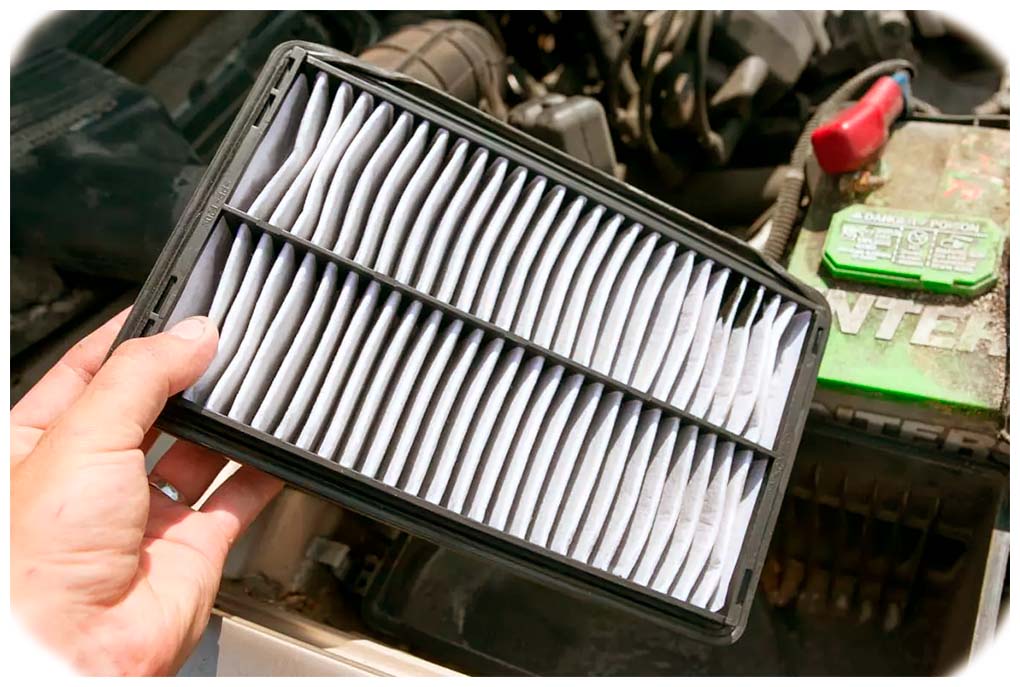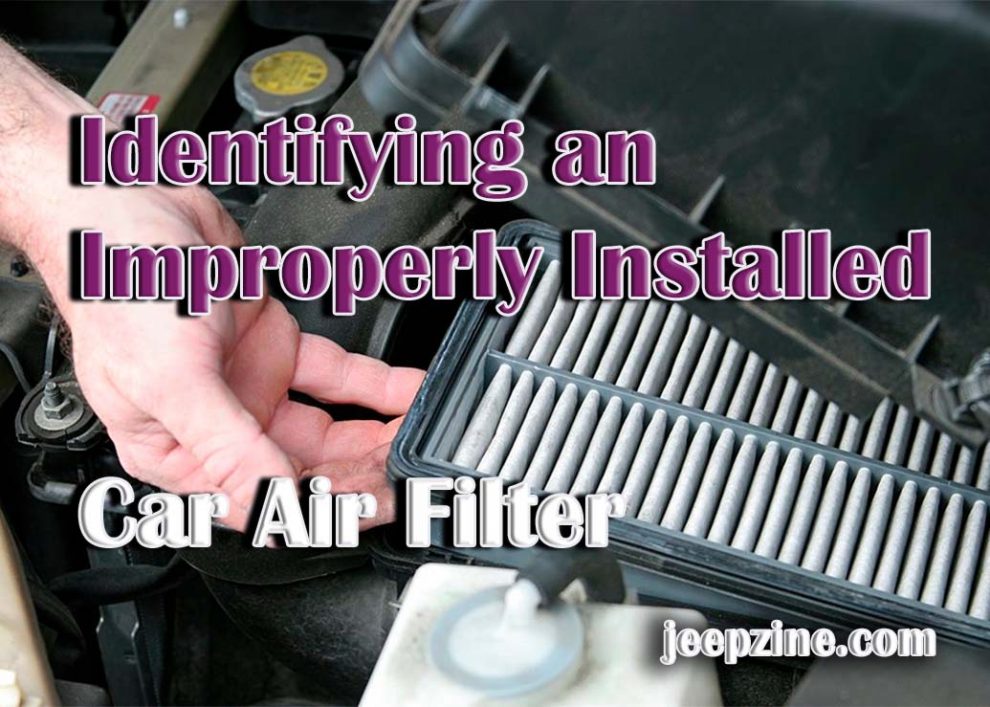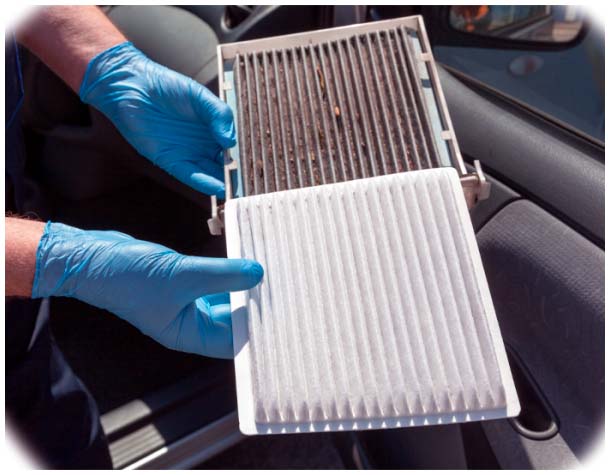A car air filter plays an important role in the health of an engine by keeping out dust and dirt to promote efficient performance. Replacing a car air filter regularly is key to proper engine maintenance, yet it can be easy for a do-it-yourself owner to improperly install their new air filter. Doing so can cause damage to the car’s engine and cause additional problems down the road. To ensure that a car air filter is installed correctly every time, drivers need to familiarize themselves with proper installation techniques and troubleshoot any potential issues before they arise.
Why is Proper Installation of a Car Air Filter So Important?

How To Identify An Incorrectly Installed Air Filter
The most common sign of an improperly installed car air filter is visible debris or residue on the engine itself. If left long enough a build-up of dust and dirt on the engine can cause severe damage as time goes on. It’s also important to check for leaks in the filter housing, which can be caused by improper fitting or loose connections. Additionally, if a car owner experience decreased fuel efficiency, reduced engine power output, or strange smells coming from the exhaust pipe after replacing their air filter – it could be due to an incorrectly fitted air filter.
Troubleshooting Common Problems When Replacing A Car Air Filter
If a car owner notices any of the previously mentioned problems after installing their new air filter, there are some troubleshooting techniques they can use to identify and address any potential issues:
-
Start by checking that all components are properly connected and secured. This includes ensuring that clamps are tightly fitted, and all connections are properly sealed with no visible signs of wear.
-
Check for any visual signs that suggest leakage in the hoses or connections – such as wet spots or discoloration due to oil residue. If these signs appear then it’s best to replace those components immediately before the problem worsens.
-
Make sure to check the air filter itself and that it’s properly fitted. If there are any gaps or visible openings, then this suggests that the air filter may not be seated correctly and could prevent efficient airflow.
-
Lastly, check the engine’s performance after the new air filter is installed. If there is any decreased fuel efficiency or power output, then it could be due to an incorrectly installed air filter and should be addressed immediately.
Tips for Properly Installing A New Air Filter
To ensure a successful installation every time, there are a few steps owners can take before replacing their car air filter:
-
Read all instructions thoroughly before attempting to install the new air filter – if in doubt, consult a mechanic for assistance with more difficult tasks.
-
Make sure all components are disconnected from their housing before replacing them with a new air filter – this prevents any potential damage from occurring during installation.
-
Wear protective gloves when handling components such as hoses and clamps – as they can often become hot due to friction during installation.
-
Lastly, use compressed air to clean out any dust or debris that may have accumulated on essential engine components such as spark plugs and cylinders before replacing the air filter.
Conclusion
Replacing a car air filter is essential for maintaining engine performance, yet it can be easy to install a new one improperly if instructions are not followed precisely. To avoid any potential damage or wear on the engine components, drivers must familiarize themselves with proper installation techniques as well as troubleshoot any issues that may arise after replacing the air filter. By following these steps and taking additional precautions such as wearing protective gloves and using compressed air to clean out any dust or debris – drivers can rest assured that their new car air filter will be properly installed every time.


 Read all instructions thoroughly before attempting to install the new air filter – if in doubt, consult a mechanic for assistance with more difficult tasks.
Read all instructions thoroughly before attempting to install the new air filter – if in doubt, consult a mechanic for assistance with more difficult tasks.
Add Comment